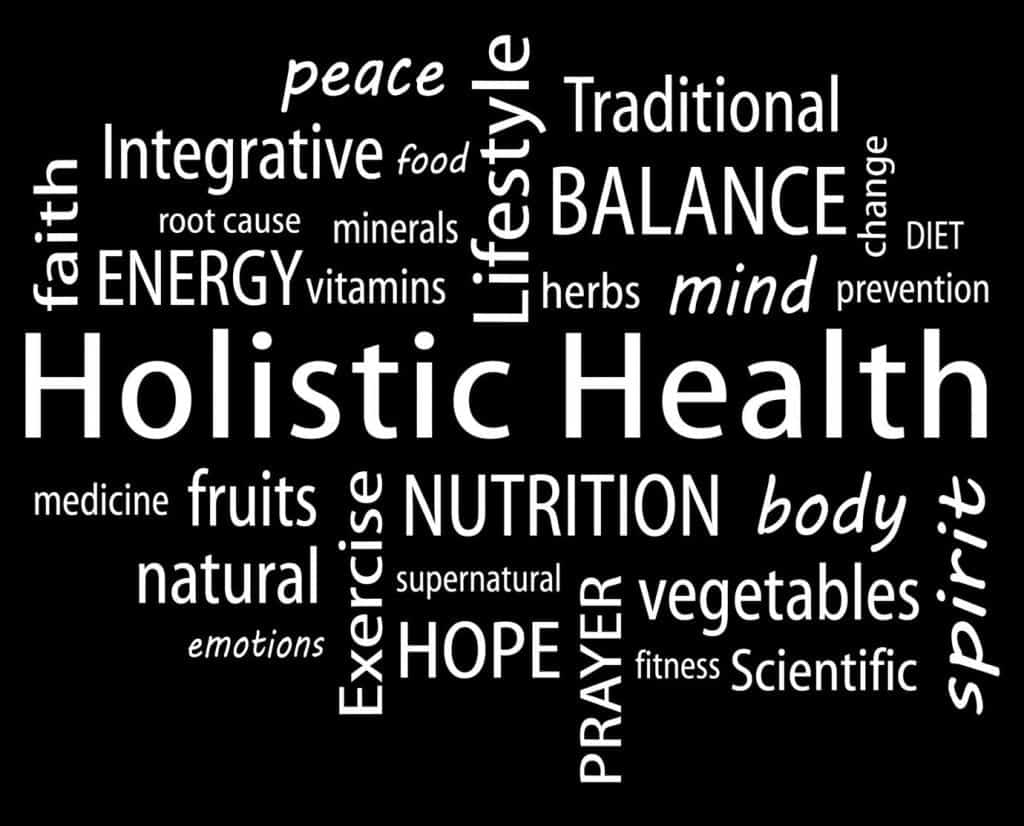Portion Control
Portion size guidelines are important whether you are trying to lose or maintain your weight or simply want to eat in a way that helps you remain healthy. The size of your portions is one of the keys to having a healthy relationship with food.
Start by understanding your own needs
The first step in determining appropriate portion sizes is to understand your own individual needs. Factors such as age, gender, height, weight, activity level, and health conditions can all impact how much food you need to eat. The best way I know to work out your requirements is with a Metabolic Balance Plan. This isn't always appropriate or necessary though. We can start with general guidelines.
The Right Portion Starts With the Right Size Plate or Bowl
Studies show that we eat with our eyes as well as our sense of smell and our taste. If you have the correct portion size on an extremely large plate, the portions will look small and unsatisfactory. However, if you use the right size plate, those that are about 25cm (or 10 inches) in diameter, it looks more appealing. A slightly smaller plate with a normal portion size looks larger and eating that portion will psychologically help you to feel full.
The Right Foods in the Right Quantity
It doesn't matter what size of plate you eat from if you aren't eating the right foods in the right proportions. When preparing a plate of food for weight loss or your health divide the plate in half and fill one half of the plate with vegetables with the emphasis being on raw or lightly steamed vegetables in a wide variety of colours and textures.
Focus on nutrient-dense foods
Another important consideration when it comes to portion sizes is the nutrient density of the foods you're eating. Nutrient-dense foods provide a high amount of nutrients relative to their calorie content. By choosing nutrient-dense foods, you can consume larger portions without exceeding your calorie needs. Vegetables are low in calories and high in vitamins, minerals and fibre that your body needs to remain healthy.
Once you have filled ½ your plate with vegetables (you can include a couple of pieces of fruit daily, this also works well as a snack), then lean protein should take up ¼ of the plate. The rule of thumb is that protein should be about the size and thickness as the palm of your hand. Proteins include meats like chicken and turkey, cuts of lamb, beef, meats such as venison, emu and more. In addition, fish can be part of a healthy diet. Salmon is high in omega 3 fatty acids and lighter, white fish is a great protein option. Vegetarians can get their protein from eggs, non-GMO tofu and other foods used in combination.
Starches should make up the last ¼ of your plate. When choosing starches I like root vegetables like sweet potato, parsnips, swede, legumes, brown rice, beans, and whole grains. About 1/2 cup is sufficient for most people but depends on your level of activity and individual health requirements.
Use visual cues to estimate portion sizes
While measuring your food may be helpful in the beginning, it's not always practical or necessary. Using visual cues can be a helpful way to estimate portion sizes. For example, a serving of protein should be about the size of your palm, a serving of carbohydrates should be about the size of your fist, and a serving of healthy fats should be about the size of your thumb (approximately 1 tablespoon).
Be mindful of serving sizes when eating out
Eating out can make it difficult to control portion sizes, as many restaurants serve oversized portions. To combat this, consider sharing a meal with a friend or taking half of your meal home for leftovers. You can also ask for a smaller portion or request that your meal be served on a smaller plate.
Spice Up Your Life
Using a wide variety of spices and herbs in preparing your meals will make that healthy food taste better, and keep your food from becoming boring. Consuming less sodium and more spices will help you make your food more exciting. Herbs and spices all have their own health benefits, so use the ones you love freely.
Practice mindful eating
Finally, practicing mindful eating can be a helpful strategy for managing portion sizes. Mindful eating involves paying attention to the taste, texture, and smell of your food, as well as your hunger and fullness cues. By eating slowly and savouring each bite, you may find that you naturally eat smaller portions without feeling deprived.
Out of Sight Out of Mind
Along with exercising portion control at meals you also need to portion out and choose healthy snacks. One way of consuming less of those high-calorie snacks is to keep them out of sight. Studies show that when you keep lollies in clear glass jars or purchase large bags of chocolate or chips you are likely to consume more (have you ever eaten a family bag of chips?). By keeping these treats out of sight, or better yet out of your house, you are less likely to reach for them.
In addition, if you keep healthy snacks such as chopped carrots, cherry tomatoes and celery sticks where they are readily available and easy to see you are more likely to reach for these low-calorie vitamin-packed snacks than those that are high in processed fats and sugars.
Portion size is an important factor to consider when it comes to maintaining a healthy gut and achieving weight loss goals. Consuming larger portions than what our body needs can lead to weight gain and disrupt the delicate balance of our gut microbiome. Metabolic Balance, a personalised nutrition program, takes portion size into account as part of its approach to optimising gut health and weight loss. By creating personalised meal plans based on individual needs and balancing macronutrient intake, Metabolic Balance helps individuals achieve optimal portion sizes that support a healthy gut and sustainable weight loss.


